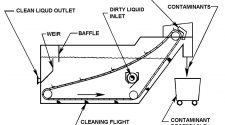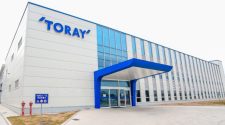The Zuckerberg Institute for Water Research (ZIWR) is one of the world’s leading research institutes for innovative water treatment technologies. It was founded in January 2002 within the Jacob Blaustein Institutes for Desert Research at the Sede Boqer Campus of Ben-Gurion University of the Negev, Israel. The institute focuses on the investigation of environmental challenges and the development of engineering solutions for water-treatment problems.
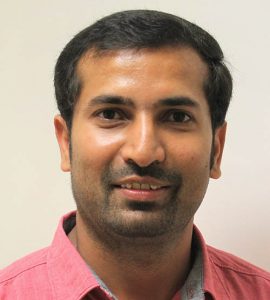
3rd Year Postdoctoral
Ben-Gurion University
Desalination and Water Treatment Advanced Materials Group
Professor/Advisor: Christopher J. Arnusch, Ph.D.
At present, research areas include wastewater treatment, desalination, the link between water and energy, and water resource economics and management, aimed at solving water-related problems at various scales and developing water-related technologies. Researchers in the Department of Desalination and Water Treatment explore high-tech desalination technologies for providing drinking water, as well as water for agricultural and industrial use.
Research overview
Dr. Thamaraiselvan grew up in a semi-arid region in the southern part of India, where people lack access to water and he often experienced severe water scarcity. He personally walked many miles to get drinking water for his family. Agriculture was and still is a major challenge in this area, and Dr. Thamaraiselvan knows firsthand the difficulties of providing for subsistence living in this area. Hence, he became interested in water treatment-related research with the aim of making a major and real impact for many people living in similar circumstances.
Presently, the global water crisis, and especially the current water challenges in India, must be urgently addressed. Dr. Thamaraiselvan strongly believes that breakthrough solutions can be achieved through the synergy of chemistry with environmental engineering and technology.
Membrane technology is now highly used for desalination and water treatment, but the energy and operational costs are high, and membranes do not always remove emerging contaminants. A major challenge in membrane technology that contributes to these high costs is fouling. As such, Dr. Thamaraiselvan’s research is focused on the development of anti-biofouling technology for desalination and wastewater treatment. During his postdoctoral work, he has developed electroconductive water filtration membranes and coatings leading to antibiofouling effects and low-cost water treatment.
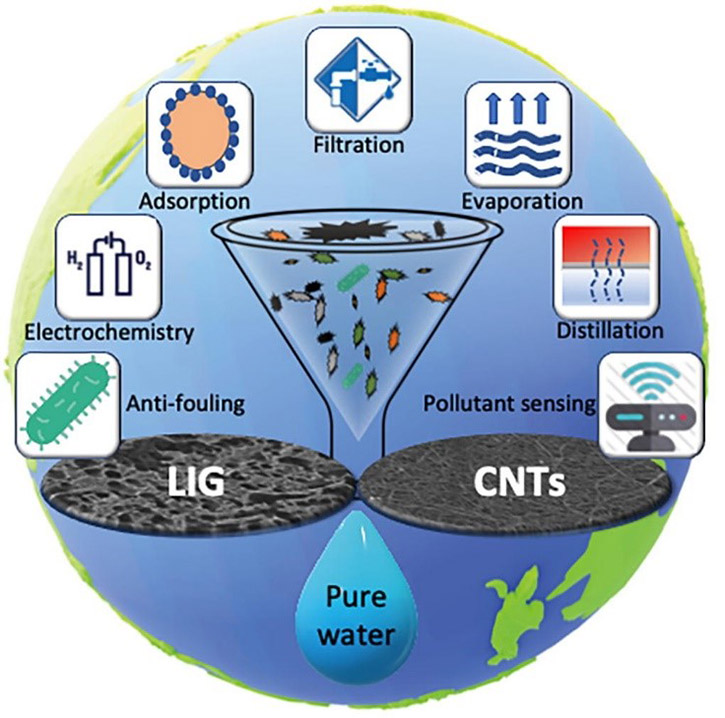
During his research, Dr. Thamaraiselvan has focused on many types of carbon materials, and he is currently generating laser-induced graphene (LIG) in Ben-Gurion’s laboratories. This material is easily generated using a 10.6 µm CO2 commercial laser cutting system by lasing various polymeric materials, such as those found in water treatment membranes. This method has many advantages in terms of material properties, production cost, and fabrication safety issues. For example, the LIG fabrication process is fast and scalable and can pattern substrates without the need for chemical reagents since laser irradiation is the key to transformation. The method generates unique sponge-like porous conformal carbon on surfaces, and despite consisting of graphene, is quite different than a graphene sheet prepared by chemical vapor deposition (CVD), for example.
Membrane technology is now widely used for desalination and water treatment, but the energy and operational costs are high, and membranes do not always remove emerging contaminants. A major challenge in membrane technology that contributes to these high costs is fouling. As such, Dr. Thamaraiselvan’s research is focused on the development of anti-biofouling technology for desalination and wastewater treatment.
Through his research, Dr. Thamaraiselvan has fabricated electroconductive membranes and spacers based on LIG and other carbon coatings for biofouling prevention and toxic pollutants removal. As a result, the research demonstrated that electrically active membranes could significantly minimize biofouling in the flow-through and filtration modes. In addition, the electroconductive membranes can remove toxic pollutants. This research also enabled the development of antibacterial feed spacers based on LIG to prevent biofilm formation.
From his research work, Dr. Thamaraiselvan participated in the publication of several articles, with another two articles currently under revision with ACS Applied Materials and Interfaces and ACS Applied Bio Materials. He hopes that this new material can be applied for many applications, ranging from membrane filtration and separation, electrocatalysis and photocatalysis for pollutant removal, membrane distillation, fog harvesting, air filtration, energy applications, etc.
Career goals
In early 2021, Dr. Thamaraiselvan will finish his postdoctoral work at the ZIWR. He will then return to India as a Department of Science & Technology “INSPIRE Faculty” at the Indian Institute of Science (IISc) where he will establish his own research laboratory. Dr. Thamaraiselvan is very excited about this because IISc is a highly ranked research institute in his home country of India.


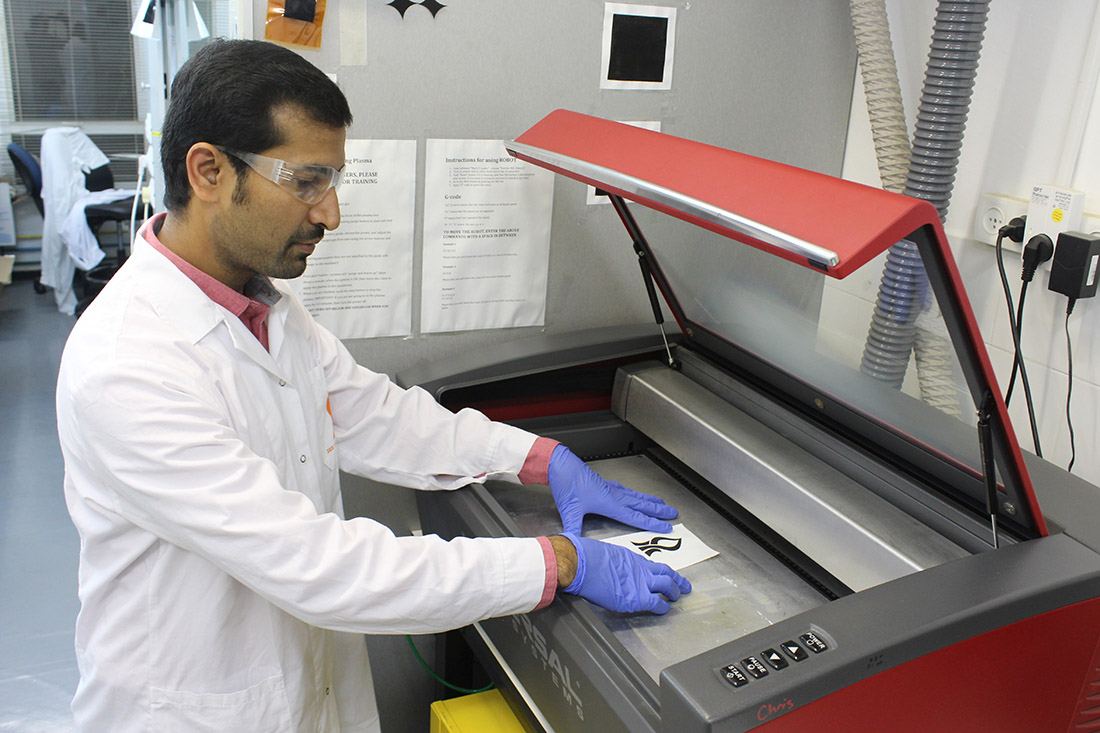

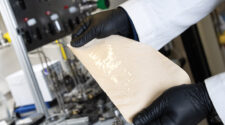
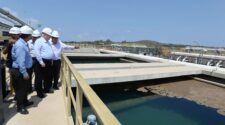
![Figure 1: Differentiation with membranes based on the famous Robeson diagram that plots selectivity vs. permeability. From Reference. [4]](https://www.filtnews.com/wp-content/uploads/IFN_042023_membranes_Figure1-225x125.jpg)
